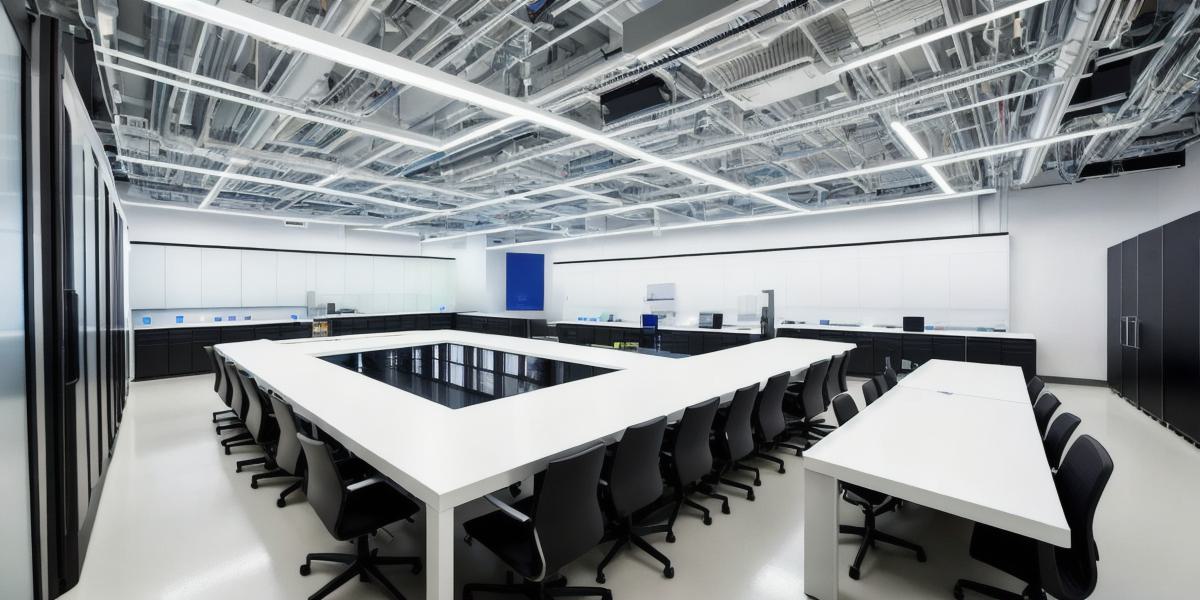In today’s data-driven world, organizations collect vast amounts of data to gain insights and make informed decisions. However, ensuring data privacy and accuracy is crucial before using this data for analysis or sharing it with external parties. This is where the concept of a data clean room comes in.
A data clean room is a collaborative space designed to allow organizations to access, analyze, and derive insights from each other’s data while preserving data privacy and security. This process is often referred to as "differential privacy" or "secure data sharing." Let’s delve deeper into understanding this concept.
What is a Data Clean Room?
A data clean room is a secure, isolated environment where organizations can jointly analyze their data without having to share the raw data itself. Instead, they use aggregated and anonymized data sets that protect individual privacy while providing valuable insights.
How Does it Work?
The process begins with data providers sending their encrypted data to the data clean room. The data is then cleaned and prepared for analysis using various techniques such as hashing, obfuscation, or aggregation. These methods ensure that the raw data remains private while preserving its statistical properties.
Next, the data is released to data consumers, who perform their analyses within the secure environment of the data clean room. The results are then returned to the providers, who can compare and contrast the insights without ever seeing each other’s raw data.
Benefits of a Data Clean Room
- Enhanced Data Privacy: Organizations can maintain data privacy while collaborating on analytics projects.

- Increased Efficiency: By sharing insights instead of raw data, organizations can save time and resources.
- Improved Accuracy: The use of cleaner and more accurate data sets leads to better insights and more effective decision-making.
- Competitive Advantage: Collaborating in a data clean room allows organizations to gain valuable insights from their competitors while maintaining confidentiality.
- Compliance with Regulations: Data clean rooms help organizations comply with privacy regulations such as GDPR, HIPAA, and CCPA.
Examples of Data Clean Room Applications
- Healthcare Industry: Collaborating on patient data for research purposes while maintaining individual privacy.
- Financial Services: Sharing market trends and customer behavior insights without revealing sensitive information.
- Marketing and Advertising: Analyzing customer demographics, preferences, and buying patterns to improve targeting strategies.
- Telecommunications: Collaborating on network performance analysis while protecting subscriber privacy.
Conclusion
A data clean room is an essential tool for organizations seeking to collaborate on data analytics projects while preserving data privacy and security. By allowing secure access to aggregated and anonymized data sets, it fosters innovation, drives efficiency, and ensures compliance with regulations. With applications spanning various industries, the use of data clean rooms will undoubtedly continue to grow in today’s data-driven world.
